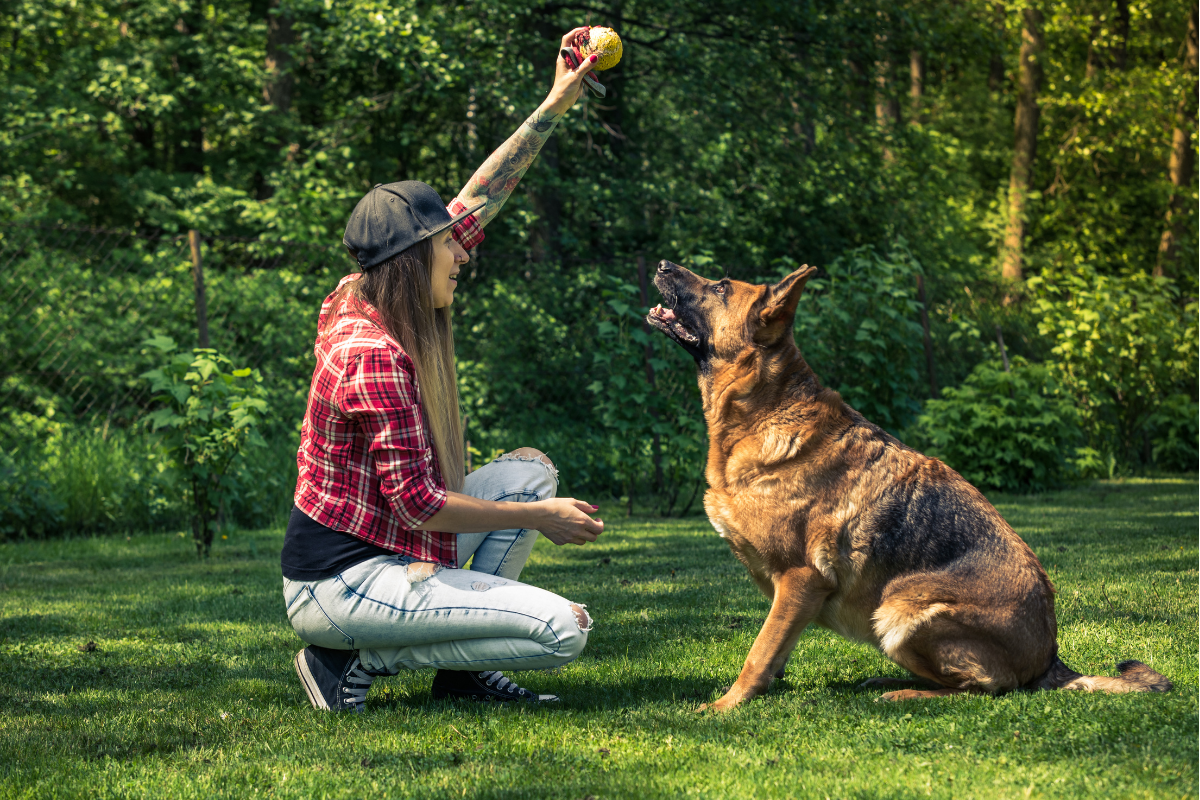Understanding your dog's behavior is crucial for building a strong bond and ensuring a harmonious relationship. By learning to interpret their actions, you can better address their needs and foster positive behavior. Here are key insights into dog behavior, based on expert advice and proven training techniques.
Recognizing Common Behaviors
1. Body Language:
- Tail Wagging: A wagging tail can indicate happiness, but the speed and position matter. A slow wag might mean caution, while a high, fast wag often signifies excitement.
- Ears and Eyes: Forward-facing ears and a relaxed gaze show a comfortable dog. Flattened ears and wide eyes can indicate fear or anxiety.
- Posture: A relaxed stance with a wagging tail suggests a happy dog, while a stiff body and raised hackles may signal aggression or fear.
2. Vocalizations:
- Barking: Dogs bark for various reasons, including alerting, playing, seeking attention, or expressing anxiety. Understanding the context is key.
- Growling: Often a warning, growling can signal discomfort or territorial behavior.
- Whining: This usually indicates distress, anxiety, or a need for attention.
Training for Positive Behavior
1. Positive Reinforcement:
- Rewards-Based Training: Use treats, praise, and play to reinforce good behavior. This method helps dogs associate positive outcomes with their actions.
- Consistency: Be consistent with commands and rewards to avoid confusing your dog.
2. Behavioral Conditioning:
- Classical Conditioning: Pairing a neutral stimulus with a positive one to create a positive association (e.g., clicking a clicker and giving a treat).
- Operant Conditioning: Teaching your dog that their behavior has consequences (e.g., sitting results in a treat).
3. Addressing Negative Behavior:
- Redirecting: If your dog is chewing on furniture, redirect them to a chew toy.
- Ignoring Unwanted Behavior: Sometimes, ignoring minor misbehavior can help extinguish it, as it no longer results in attention.
Socialization and Environment
1. Early Socialization:
- Introducing to New Experiences: Expose your puppy to different people, places, and other animals to build confidence and reduce fear-based behaviors.
- Controlled Settings: Ensure initial interactions are positive and controlled to prevent overwhelming your dog.
2. Creating a Safe Space:
- Designated Areas: Provide a quiet, comfortable area where your dog can retreat and feel secure.
- Routine: Maintain a consistent routine for feeding, walking, and playtime to create a sense of stability.
By understanding and addressing your dog's behavior through positive reinforcement, proper training, and socialization, you can foster a healthy, happy relationship with your furry friend. Remember, patience and consistency are key to successful dog training and behavior management.

